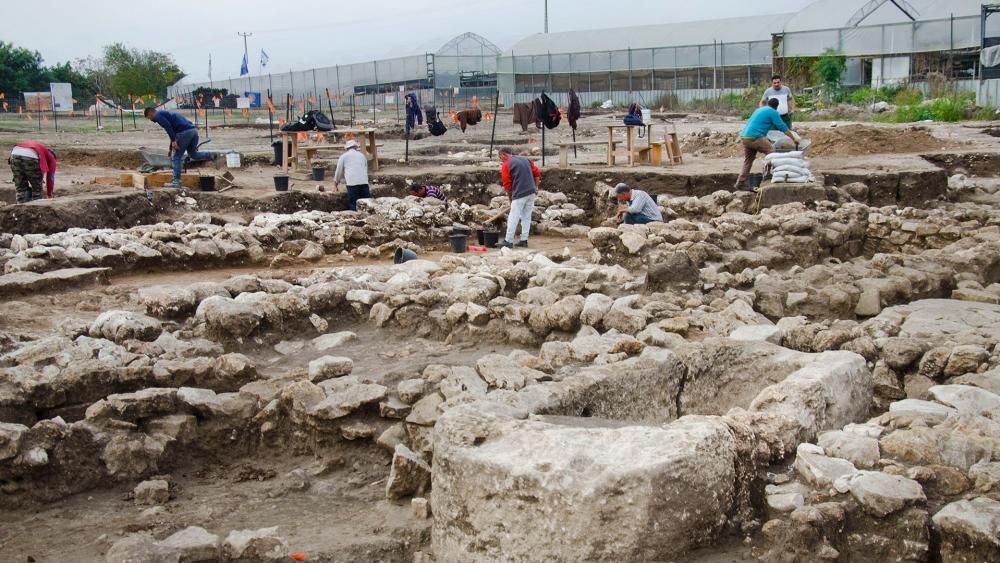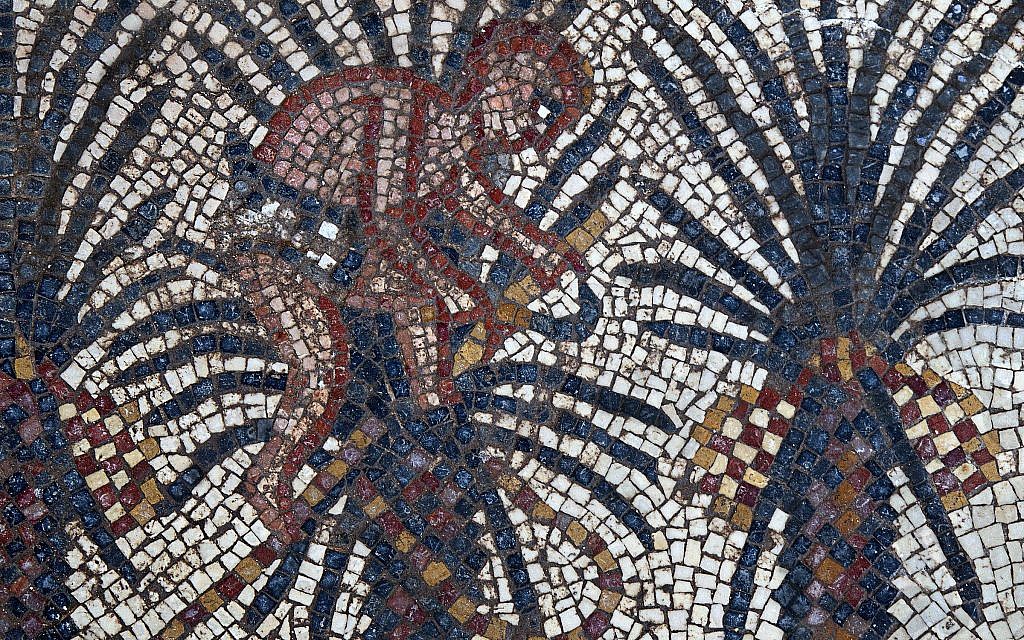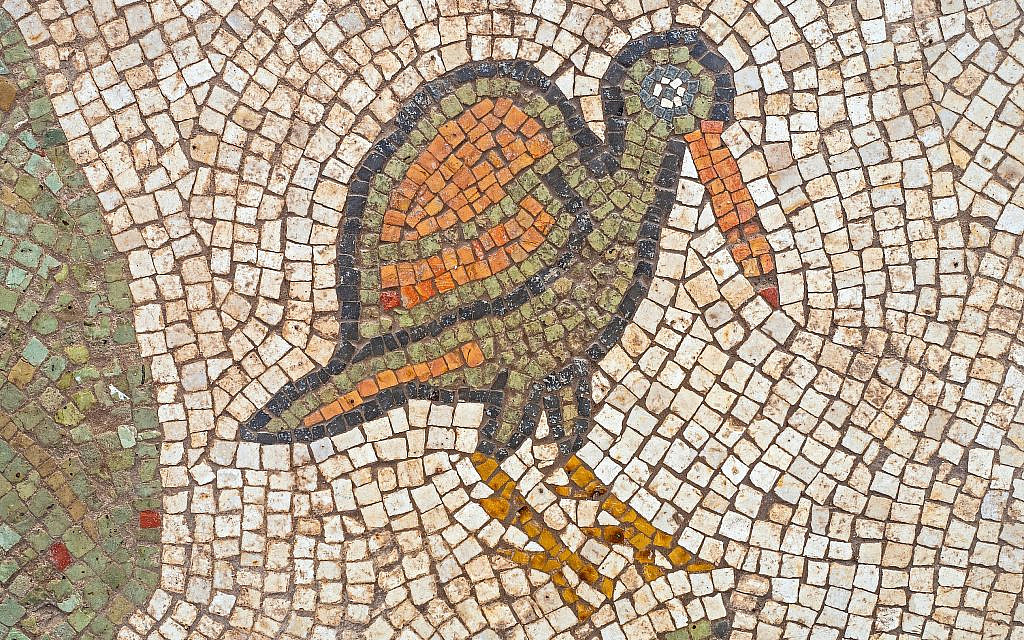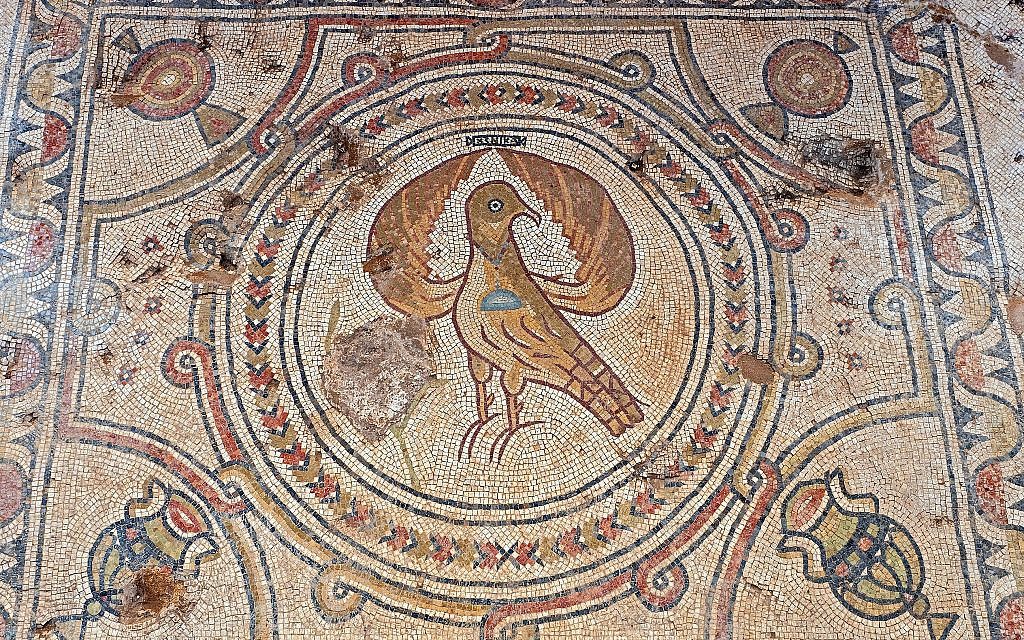A study has concluded that the earliest ancestors of anatomically modern humans (
Homo sapiens sapiens) emerged in a southern African 'homeland' and thrived there for 70 thousand years.
The breakthrough findings are published in the prestigious journal
Nature today.
The authors propose that changes in Africa's climate triggered
the first human explorations, which initiated the development of humans'
genetic, ethnic and cultural diversity.
This study provides a window into the first 100 thousand years of modern humans' history.
DNA as a time capsule
"It has been clear for some time that anatomically modern humans
appeared in Africa roughly 200 thousand years ago. What has been long
debated is the exact location of this emergence and subsequent dispersal
of our earliest ancestors," says study lead Professor Vanessa Hayes
from the Garvan Institute of Medical Research and University of Sydney,
and Extraordinary Professor at the University of Pretoria.
"Mitochondrial DNA acts like a time capsule of our ancestral
mothers, accumulating changes slowly over generations. Comparing the
complete DNA code, or mitogenome, from different individuals provides
information on how closely they are related."
In their study, Professor Hayes and her colleagues collected
blood samples to establish a comprehensive catalogue of modern human's
earliest mitogenomes from the so-called 'L0' lineage. "Our work would
not have been possible without the generous contributions of local
communities and study participants in Namibia and South Africa, which
allowed us to uncover rare and new L0 sub-branches," says study author
and public health Professor Riana Bornman from the University of
Pretoria.
"We merged 198 new, rare mitogenomes to the current database of
modern human's earliest known population, the L0 lineage. This allowed
us to refine the evolutionary tree of our earliest ancestral branches
better than ever before," says first author Dr Eva Chan from the Garvan
Institute of Medical Research, who led the phylogenetic analyses.
By combining the L0 lineage timeline with the linguistic,
cultural and geographic distributions of different sub-lineages, the
study authors revealed that 200 thousand years ago, the first
Homo sapiens sapiens
maternal lineage emerged in a 'homeland' south of the Greater Zambezi
River Basin region, which includes the entire expanse of northern
Botswana into Namibia to the west and Zimbabwe to the east.
A homeland perfect for life to thrive
Investigating existing geological, archeological and fossil
evidence, geologist Dr Andy Moore, from Rhodes University, revealed that
the homeland region once held Africa's largest ever lake system, Lake
Makgadikgadi.
"Prior to modern human emergence, the lake had begun to drain due
to shifts in underlying tectonic plates. This would have created, a
vast wetland, which is known to be one of the most productive ecosystems
for sustaining life," says Dr Moore.
Modern humans' first migrations
The authors' new evolutionary timelines suggest that the ancient
wetland ecosystem provided a stable ecological environment for modern
humans' first ancestors to thrive for 70 thousand years.
"We observed significant genetic divergence in the modern humans'
earliest maternal sub-lineages, that indicates our ancestors migrated
out of the homeland between 130 and 110 thousand years ago," explains
Professor Hayes. "The first migrants ventured northeast, followed by a
second wave of migrants who travelled southwest. A third population
remained in the homeland until today."
"In contrast to the northeasterly migrants, the southwesterly
explorers appear to flourish, experiencing steady population growth,"
says Professor Hayes. The authors speculate that the success of this
migration was most likely a result of adaptation to marine foraging,
which is further supported by extensive archaeological evidence along
the southern tip of Africa.
Climate effects
To investigate what may have driven these early human migrations,
co-corresponding author Professor Axel Timmermann, Director of the IBS
Center for Climate Physics at Pusan National University, analysed
climate computer model simulations and geological data, which capture
Southern Africa's climate history of the past 250 thousand years.
"Our simulations suggest that the slow wobble of Earth's axis
changes summer solar radiation in the Southern Hemisphere, leading to
periodic shifts in rainfall across southern Africa," says Professor
Timmermann. "These shifts in climate would have opened green, vegetated
corridors, first 130 thousand years ago to the northeast, and then
around 110 thousand years ago to the southwest, allowing our earliest
ancestors to migrate away from the homeland for the first time."
"These first migrants left behind a homeland population," remarks
Professor Hayes. "Eventually adapting to the drying lands, maternal
descendants of the homeland population can be found in the greater
Kalahari region today."
This study uniquely combined the disciplines of genetics, geology and climatic physics to rewrite our earliest human history.
























